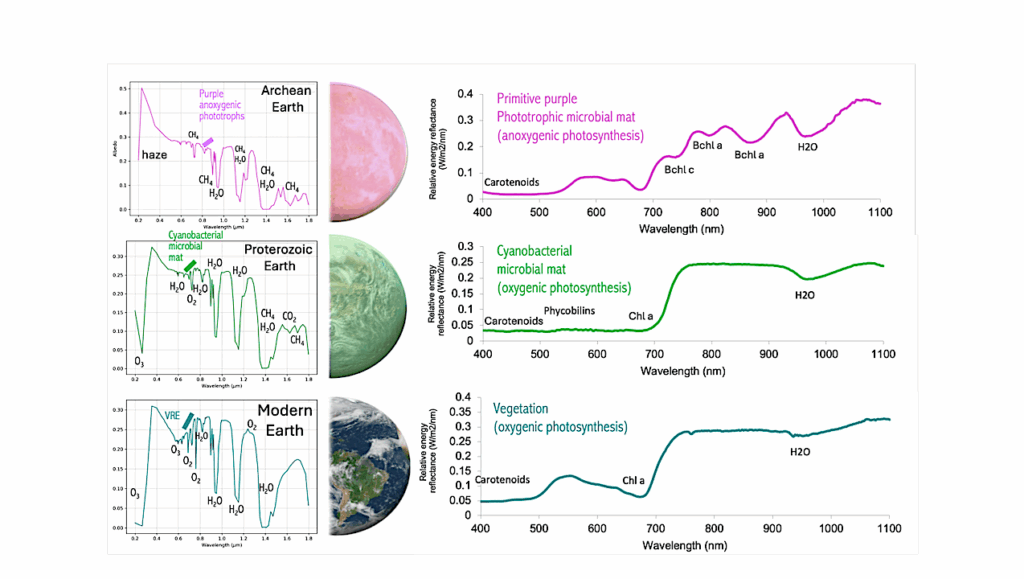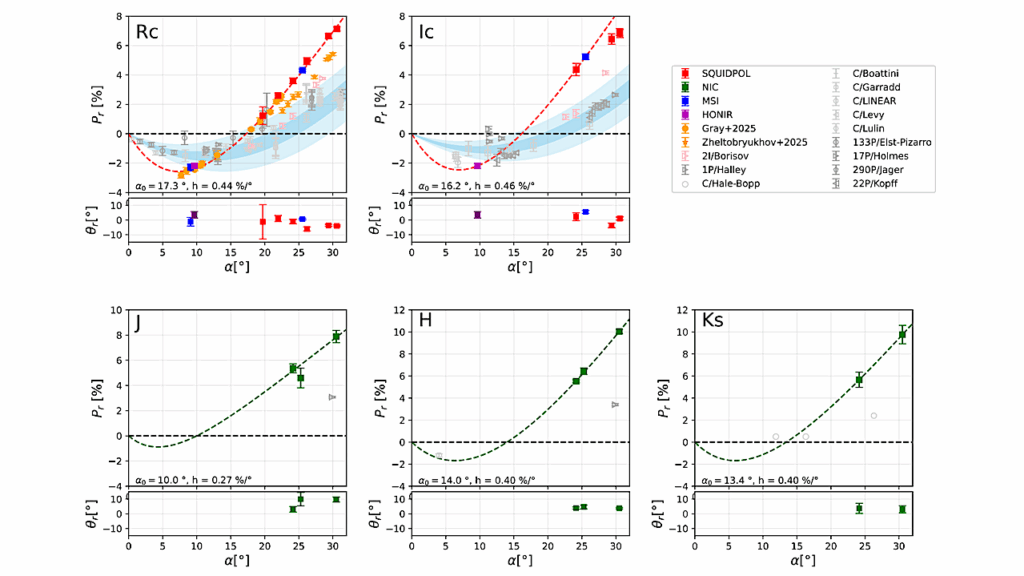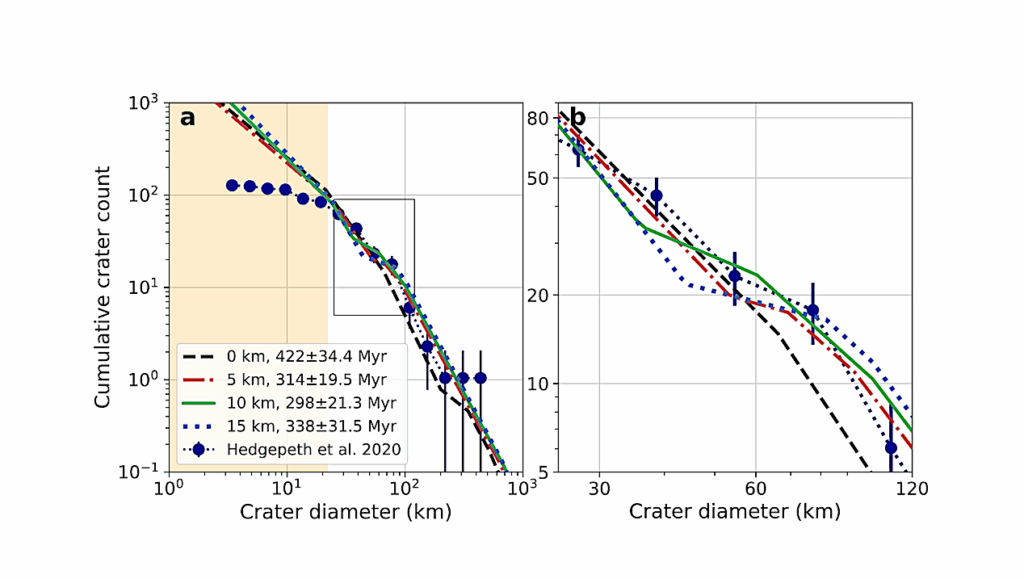Different Ice Shell Geometries On Europa And Enceladus Due To Their Different Ssizes: Impacts Of Ocean Heat Transport

On icy worlds, the ice shell and subsurface ocean form a coupled system — heat and salinity flux from the ice shell induced by the ice thickness gradient drives circulation in the ocean, and in turn, the heat transport by ocean circulation shapes the ice shell.
Therefore, understanding the dependence of the efficiency of ocean heat transport (OHT) on orbital parameters may allow us to predict the ice shell geometry before direct observation is possible, providing useful information for mission design. Inspired by previous works on baroclinic eddies, I first derive scaling laws for the OHT on icy moons, driven by ice topography, and then verify them against high resolution 3D numerical simulations. Using the scaling laws, I am then able to make predictions for the equilibrium ice thickness variation knowing that the ice shell should be close to heat balance.
Ice shell on small icy moons (e.g., Enceladus) may develop strong thickness variations between the equator and pole driven by the polar-amplified tidal dissipation in the ice, to the contrary, ice shell on large icy moons (e.g., Europa, Ganymede, Callisto etc.) tends to be flat due to the smoothing effects of the efficient OHT. These predictions are manifested by the different ice evolution pathways simulated for Enceladus and Europa, considering the ice freezing/melting induced by ice dissipation, conductive heat loss and OHT as well as the mass redistribution by ice flow.
Wanying Kang
Comments: arXiv admin note: substantial text overlap with arXiv:2203.16625
Subjects: Earth and Planetary Astrophysics (astro-ph.EP)
Cite as: arXiv:2206.15325 [astro-ph.EP] (or arXiv:2206.15325v1 [astro-ph.EP] for this version)
Submission history
From: Wanying Kang
[v1] Thu, 30 Jun 2022 14:56:16 UTC (10,432 KB)
https://arxiv.org/abs/2206.15325
Astrobiology,








